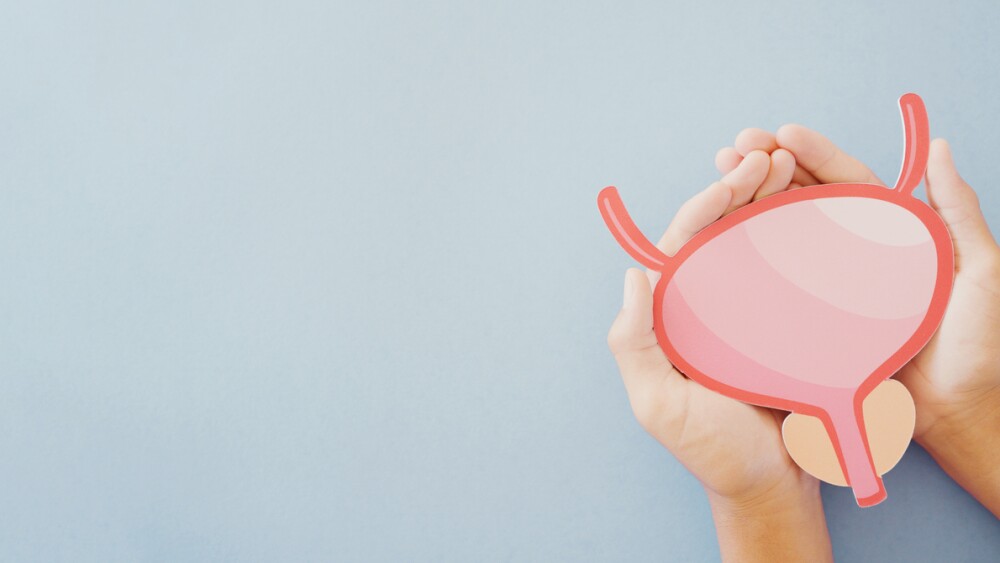Vomaris announced today breakthrough results of the first controlled, preclinical in vivo evidence on the anti-biofilm impact of the Company’s bioelectric antimicrobial technology.
Study results published by the Annals of Surgery |
| [05-December-2017] |
|
TEMPE, Ariz., Dec. 5, 2017 /PRNewswire/ -- Vomaris Innovations announced today breakthrough results of the first controlled, preclinical in vivo evidence on the anti-biofilm impact of the Company's bioelectric antimicrobial technology. The study found that the technology can prevent and disrupt biofilm infection and restore functional wound healing. The manuscript, "Electric Field Based Dressing Disrupts Mixed-Species Bacterial Biofilm Infection and Restores Functional Wound Healing," was published online in the Annals of Surgery. The research was led by Chandan Sen, Ph.D., Professor of Surgery and Director of the Comprehensive Wound Center at The Ohio State University's Wexner Medical Center. Bacteria use electrical interactions to communicate with each other in a process called quorum sensing (QS), signaling them to adhere to a wound, multiply, and encase themselves within a protective structural substance known as a biofilm. This protective biofilm barrier impedes the body's immune defense system and renders the bacteria highly resistant to antibiotics, making biofilm infections extremely difficult to treat. Approximately 80% of infections in chronic and surgical wounds are thought to be caused by bacteria within biofilm.1,2 Chronic wounds affect an estimated 6.5 million patients a year and over $25 billion is estimated to be spent annually on their treatment.3 Surgical site infections (SSIs) occur in 2% to 5% of all patients undergoing inpatient surgery and affect up to 300,000 patients a year in the U.S. alone. Annual costs of managing SSIs range from $3.5 billion to $10 billion.4,5 In the fight against biofilms and antibiotic resistance, current wound care practices and infection control strategies are no longer adequate. New antibiotics are likely not the answer as they can take up to a decade to reach the market. The need for alternative non-antibiotic solutions has never been greater. Dr. Sen and his research team used an established porcine model of chronic biofilm infection to understand the wireless electroceutical dressing's (WED) (i.e. Vomaris' bioelectric technology) mechanism of action in the presence of an intact immune system. In this study, burn wounds were inoculated with P. aeruginosa and A. baumannii and subsequently treated with either a placebo dressing or with the WED. One cohort, the "prevention group," tested WED's ability to prevent biofilm formation. The other cohort, the "rescue group," tested WED's ability to disrupt an existing biofilm. Sen and colleagues report:
"Electric principles offer significant potential to fight biofilm infection and address antibiotic resistance," said Dr. Sen. "The approach is safe for humans and relies on principles that are not subject to conventional drug-resistance mechanisms often employed by bacteria to overcome pharmacological interventions," he added. Sen also found that WED blunted the expression of genes responsible for biofilm-induced loss of skin barrier function. "This is significant because wounds can sometimes appear closed, yet functionally they are open because skin barrier function remains compromised. We found that the wounds appeared to be healing visually and yet, upon deeper examination, only the wounds treated with WED demonstrated significant restoration of skin barrier function - or true functional closure," Dr. Sen explained. "We are very excited to have this anti-biofilm data published in the most widely cited surgical journal in the world. No other wound care company to date has published in vivo anti-biofilm evidence," said Vomaris President and CEO Michael Nagel. "Our technology is simple to use, extremely cost effective, and has the potential to disrupt the advanced wound care market. It may provide surgeons and wound care clinicians with a non-antibiotic solution to the growing wound biofilm infection and antimicrobial resistance problems." About Vomaris References
Contact: Mary Maijer
View original content with multimedia:http://www.prnewswire.com/news-releases/breakthrough-evidence-on-vomaris-bioelectric-technologys-impact-on-wound-biofilm-infection-300566465.html SOURCE Vomaris Innovations, Inc. |




